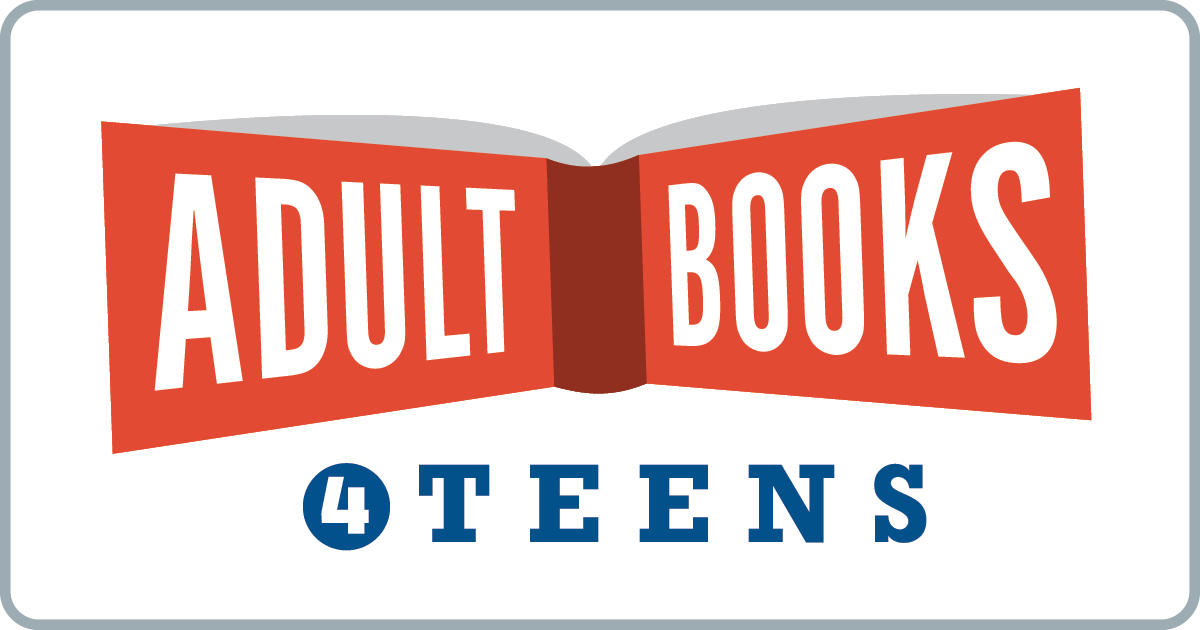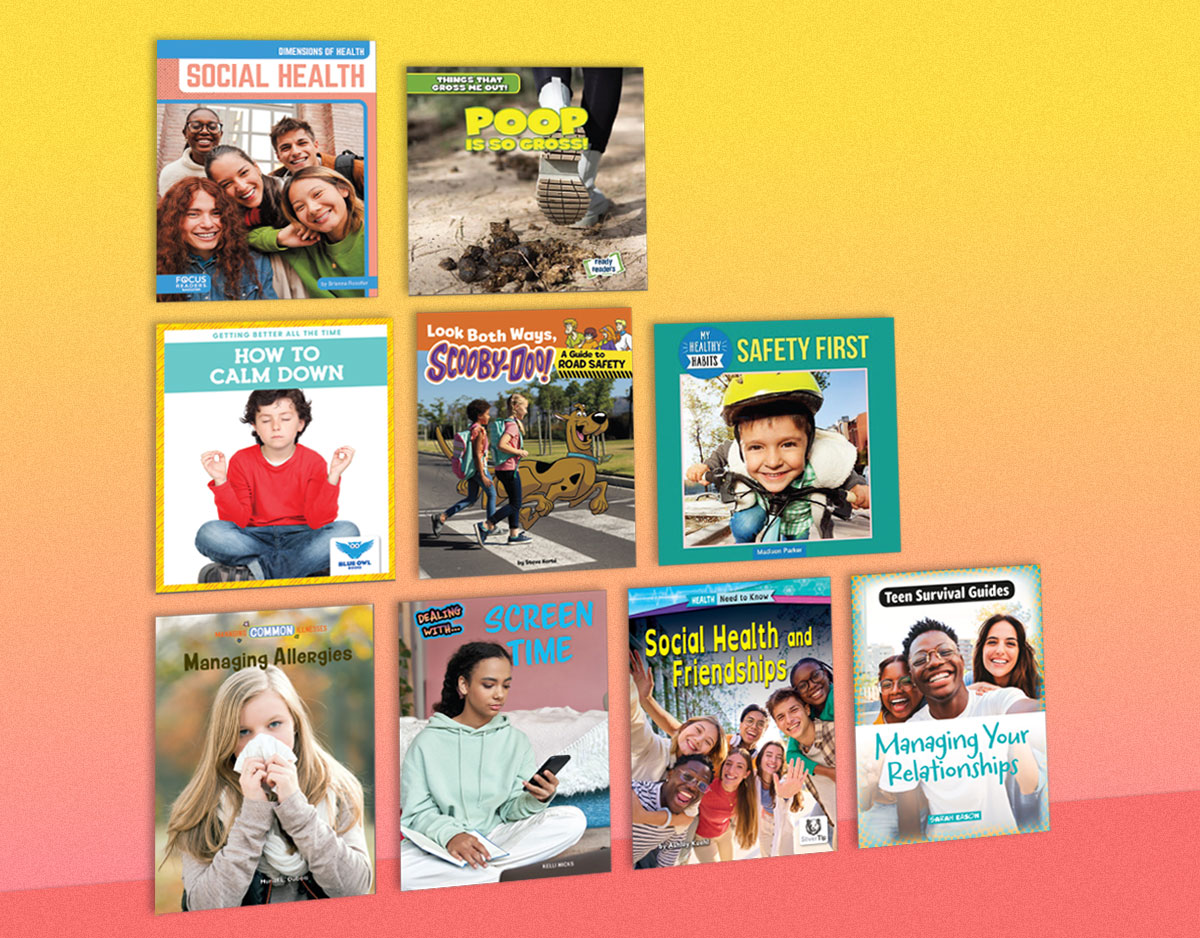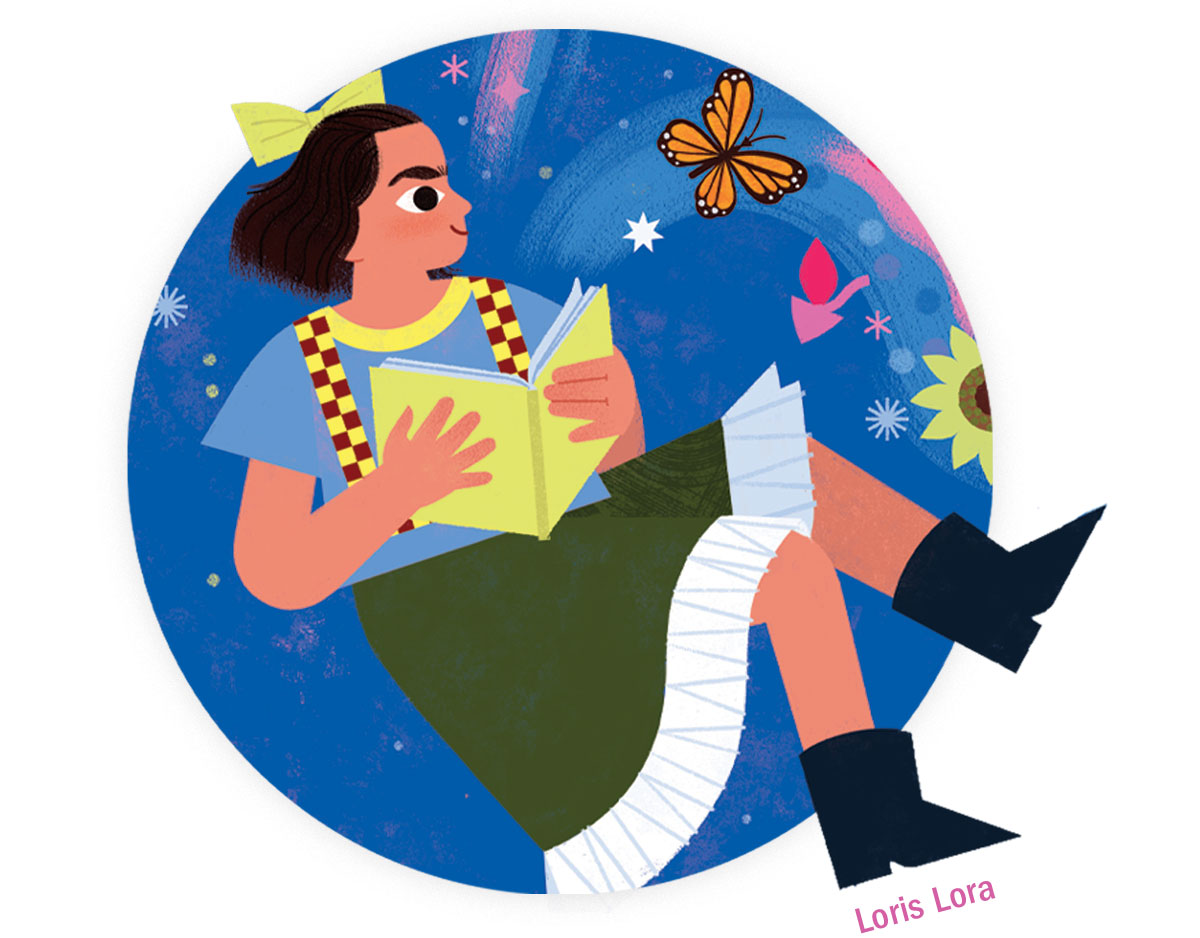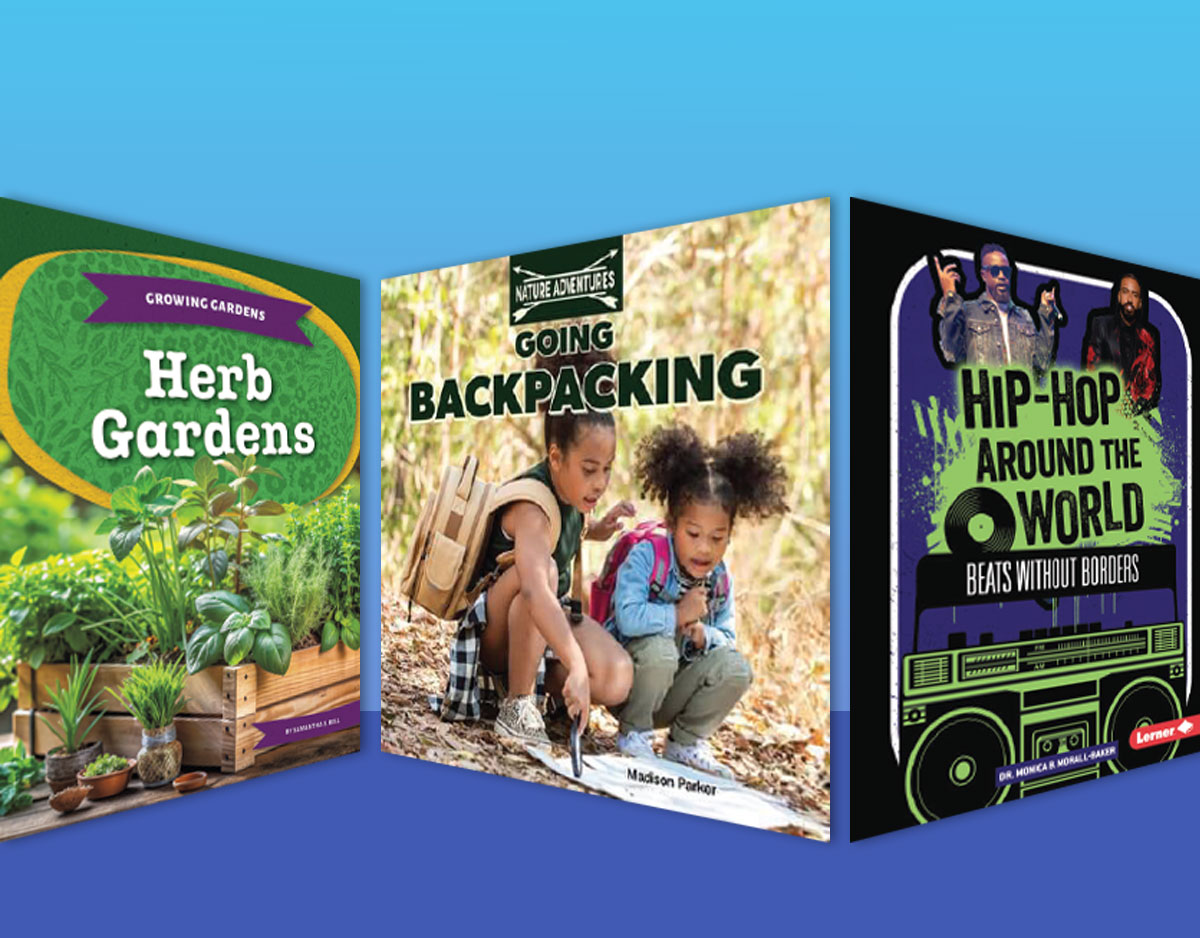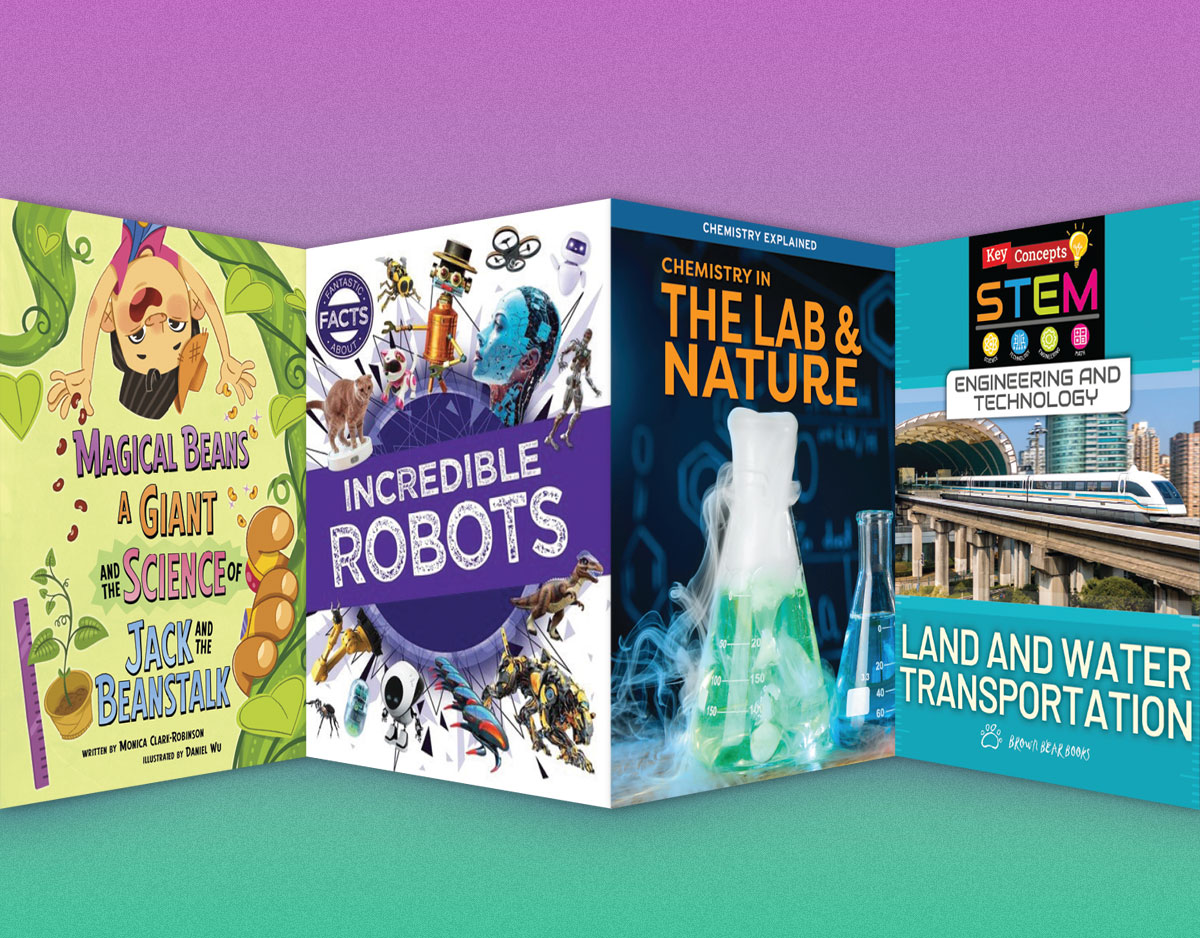SCROLL DOWN TO READ THE POST
New Adult
New Year, new category. Today I am weighing in on New Adult books. This post could be considered a response or addition to Liz Burns’s excellent work over on the Tea Cozy blog. She published three posts on this topic over the weekend, and I recommend that you read at least the first before continuing here. Liz provides full background including several informative links that will bring you up to speed on the topic. Thank you, Liz!
The concept of New Adult books would seem to intersect particularly well with Adult Books 4 Teens. After all, our whole raison d’être is crossover, and the basic idea of New Adult is to create and promote a body of literature about the post-teenaged, emerging adult experience, aimed at readers aged 16 – 29. (Well, according to some definitions.)
ADVERTISEMENT
ADVERTISEMENT
Part of the difficulty here is actually defining New Adult. In the interests of doing so, let me add one more article to our reading list, from Publishers Weekly — “New Adult: Needless Marketing Speak or Valued Sub-Genre?” I thought this sentence particularly telling: “With publishers worried about losing avid YA readers who are “aging out” of the genre, and eager to capture adult readers who have been “reading down,” a new subgenre has been born: new adult.”
Isn’t that really the crux of the matter — selling books? New Adult is a marketing label, created by publishers in order to sell more books. (And it’s about reaching the adults who read YA as much as reaching YA readers aging out, from what I understand.) And who can blame them? Publishers don’t want to lose those rabid YA readers. And neither do we! Aren’t we (school librarians especially) constantly bemoaning the fact that older students claim not to have time to read? So how do we keep them interested? Make sure there are books in front of them that appeal. That’s what AB4T is all about – adult books that appeal to 12-18 year olds.
So it is worth asking, Don’t we have this category already? Haven’t we been talking about adult books with appeal to teens for years? The Alex Awards started in the late 1990s; SLJ began its Adult Books for High School Students column (which then morphed into this blog) long before that.
Well, yes and no. Many of the books we review here do concern coming of age – often the books will start with the teen years and proceed into adulthood. But New Adult has a variety of definitions, and some make me shudder. The idea of producing YA books with added sex (as reported in the New York Times article) is unlikely to produce any classics, wouldn’t you agree? I don’t have an objection to this label if it makes books easier to find, but I don’t believe it is likely to inspire great literature. Putting something in a category before it is even written sounds like trouble.
On the other hand, if it is true that publishers have been uninterested in books set during the college years (per Diane Peterfreund), that dearth surely needs to be remedied. (Although, I can think of a few recent titles, but not many — An Uncommon Education by Elizabeth Percer, The Art of Fielding by Chad Harbach, The Scrapbook of Frankie Pratt by Caroline Preston.)
Other explanations for the New Adult category strike me as middle to upper class centric, and particularly American. There is an emphasis on stories taking place in a college setting, or about looking for a first job or being in a first serious relationship, living with parents after college. These are first world, contemporary concerns. What about historical fiction? Speculative genres? What about global fiction?
Let’s talk specific books. First, we reviewed one book this year that (from what I can tell) falls directly in the New Adult category:
These Days are Ours by Michelle Haimoff. From our review, “Hailey, a 23-year-old unhappy child of divorce and immense privilege, narrates this slightly episodic tale of fear and loss as she job hunts, bar hops, and spends time with friends (the dialogue is pitch perfect). The focus here is not the loss of lives on 9/11 but on the loss of purpose and safety that day precipitated, enhanced by the simple truth that even without it, being 20-something, unemployed, and caught between childhood and adulthood is a pretty miserable set of circumstances.”
There aren’t many readalikes for this novel that I can think of. Can you? Yes, there are chick-lit or contemporary romance equivalents, but this is something else. It’s about a time of life, and about a specific time and place — New York City post-9/11.
Another likely candidate – The Cranes Dance by Meg Howry. Although these sisters are too busy being prima ballerinas in New York City to go to college, they certainly struggle with relationships, sex, career, drugs, mental health, you name it.
Here’s one we didn’t review: The Fallback Plan by Leigh Stein (Melville, 2012). I have linked to the Publishers Weekly review, which includes this, “Esther Kohler is a burned-out recent college grad who has returned to the claustrophobic embrace of her suburban family home following a depressive episode in her final semester at Northwestern University.” And “Esther finds her own life becoming inextricably linked with a family with “real problems,” forcing her to take that last step away from adolescence and to embrace the future.”
Let’s look at a few other books that seem to cover the issues and time of life that New Adult is concerned with and see if they might qualify.
The Flight of Gemma Hardy by Margot Livesey. A couple Tea Cozy comments have mentioned the fact that many classics could be considered New Adult. I doubt this is what the publishing folks have in mind – surely they want these readers to buy new books. But I don’t disagree, so here is Jane Eyre transposed to 20th century Scotland and Iceland. Gemma’s newfound independence (first job, escape from unfortunate relatives) isn’t enough to satisfy her. She wants more – a university degree. But she is also falling in love with her older employer. Hmm… Maybe this is EXACTLY what the New Adult proponents are looking for!
If adding sex is the issue, what about Once Upon a River by Bonnie Jo Campbell? This is a novel about a young girl’s struggle to find her place in the world after losing her parents. So she sets off down a Michigan river in her Grandfather’s boat. From my review, “She encounters a series of characters, mostly men, loners with whom she lives for short periods, grateful for the shelter they provide while she tracks down her mother. Margo studies them and their lives for clues on how to live her own. In turn, they are intrigued by her strange beauty, near silence, and skill with a gun. Margo works methodically toward figuring out a life that does not compromise her independence and satisfies her need to live along the river.”
Which brings up the question, is New Adult a primarily urban category? What about rural settings? What about historical settings?
I’m reading The Shoemaker’s Wife by Adriana Trigiani for my faculty/staff bookgroup at school. This is a traditional coming of age, immigration story about two young people who meet and fall in love as teenagers in the mountains of northern Italy, only to be separated and reconnected years later in New York City. The story of their struggles to establish themselves in America, first individually, then as a couple, fits the age limits and stated subject matter of New Adult, but somehow I doubt this is what the publishers are thinking of.
And then there’s the very different immigration story of The Book of Jonas by Stephen Dau. This one is on my mind because I just finished reading it. One of our Best of 2012, it is a meditative, devastating look at a boy who is around 15 years old when his village (somewhere in the Middle East) is destroyed by American troops and he escapes into the mountains with an American deserter. Eventually, he ends up in the United States, attending the University of Pittsburgh. And he struggles to live his life in this strange new country after everything he has seen and done. Is that New Adult? Does the global aspect, or the heavy topic, disqualify it?
What about Memoir? Is New Adult only fiction? So many memoirs are about a coming of age that continues long past the teen years. Recent examples include The Girl Who Fell to Earth by Sophia Al-Maria and American Gypsy by Oksana Marfioti, or The Distance Between Us by Reyna Grande.
While I’m on nonfiction, surely Susanna Cahalan’s Brain on Fire might be considered New Adult. And how about Wild: From Lost to Found on the Pacific Crest Trail by Cheryl Strayed? Both concern young women in their 20s.
What about genre fiction?
Horror – I thought immediately of Horns by Joe Hill. Ig is still living at home after nearly escaping to a great job in London, soon to be joined there by the love of his life, Marrin. But the night before Ig was scheduled to depart Marrin was murdered. It all goes wonderfully, horribly wrong from there.
ADVERTISEMENT
ADVERTISEMENT
Fantasy – Let’s consider The Magicians and The Magician King by Lev Grossman. From high school to disaffected new adult. Yep, that fits. If you’d prefer steampunk, All Men of Genius by Lev AC Rosen features young men and one (cross-dressing) woman in a college setting.
Mystery? How about The Spellman Files and the series it spawned – by Lisa Lutz. Terrific humor, and Izzy Spellman could not be a more perfect example of someone in their 20s struggling to meet the demands of being an adult. Something more gothic? Alex Award winner The Thirteenth Tale by Diane Setterfield would qualify.
So many novels about war deal with young adults transitioning into adulthood under the most harsh of circumstances. In 2012 we had two powerful debut novels about young men/older teens and the war in Iraq — The Yellow Birds and Billy Lynn’s Long Halftime Walk. How does war change them? How do they adjust once back in the U.S.?
I could go on and on, and this post is getting long. This has all come around to the fact that in many ways New Adult is nothing new. Teens have been reading adult books for years and years. Creating a new category may help readers find the books that appeal to them, but I suspect shoving a great book into an artificial category may hurt its chances of finding an audience as much as help. It all remains to be seen. Meanwhile, keep providing those great adult titles for the teens who want them, and maybe the adults looking for that next great YA read, too!
Filed under: Nonfiction
About Angela Carstensen
Angela Carstensen is Head Librarian and an Upper School Librarian at Convent of the Sacred Heart in New York City. Angela served on the Alex Awards committee for four years, chairing the 2008 committee, and chaired the first YALSA Award for Excellence in Nonfiction for Young Adult committee in 2009. Recently, she edited Outstanding Books for the College Bound: Titles and Programs for a New Generation (ALA Editions, 2011). Contact her via Twitter @AngeReads.
ADVERTISEMENT
SLJ Blog Network
And the 2025 Endies Endpaper Awards Go To . . .
Taking Play and Whimsy Very Seriously: Meet the Smushkins and Claudia Rueda
Announcing ‘Penny and the Yeti’ | News
Book Mail: Dark academia romantasy, a magical cooking school, a time-travel story, and more!
The Classroom Bookshelf is Moving
ADVERTISEMENT
ADVERTISEMENT

